I had my first dream job at 22. After peering over a cliff edge, I lowered myself down gingerly towards the nest of the fastest animal on Earth. Hanging by a rope while a pair of peregrine falcons dive-bomb past your head is certainly invigorating! Happily, I found two eggs on the rocky outcrop below. Our Parks Canada team returned three weeks later to add two captive-bred chicks to the wild-born ones, and all four were raised by the parents.
These efforts don’t go on anymore because they succeeded. The restriction of DDT use, and conservation translocation programmes contributed to peregrine falcon numbers increasing by 2,600% across North America in just 40 years according to the IUCN Red List of Threatened SpeciesTM. Globally the species is now listed as Least Concern with a ‘stable population’.
Conservation translocations move species among wild populations or from human care into the wild for conservation purposes. It sounds easy, but it rarely is. The fact that populations may need to be reinforced or, if extirpated, reintroduced means that the conditions have been sufficiently poor to trigger vast population declines. Sometimes the drivers of those declines are easy to discern, but often they are not. This is especially challenging when populations collapsed many decades ago. As human impacts change almost all ecosystems, assessing their current or future suitability to support threatened species is a difficult task. Solid science, sound planning, and adaptive management over time are essential.
My favourite conservation translocations are those that never need to occur.
I see the limitation of threats such as habitat loss, invasive species, disease or poaching as primary strategies to prevent extinction. Indeed, I often say that my favourite conservation translocations are those that never need to occur. Unfortunately, however, it is increasingly common that such threat limitation alone is insufficient to recover species, their precious ecological functions, and associated ecosystem services.


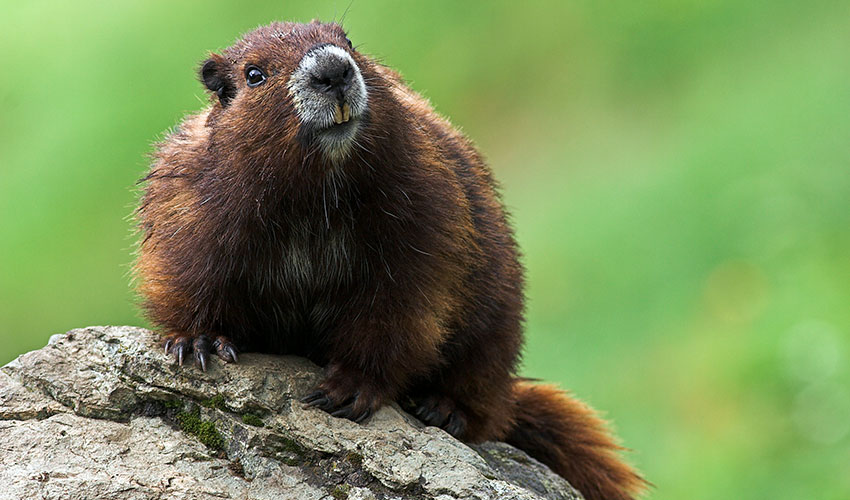
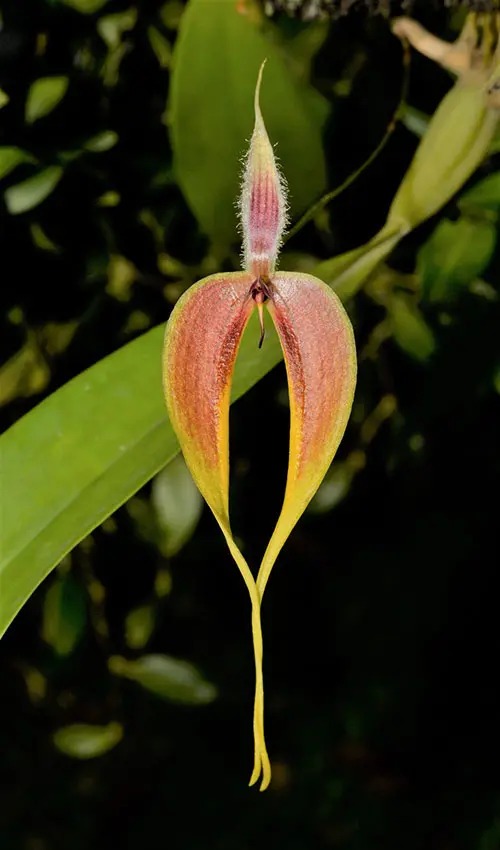
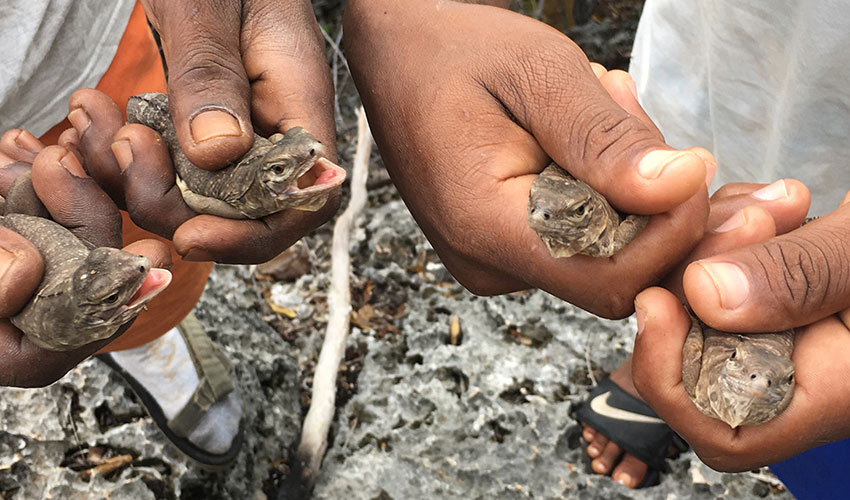
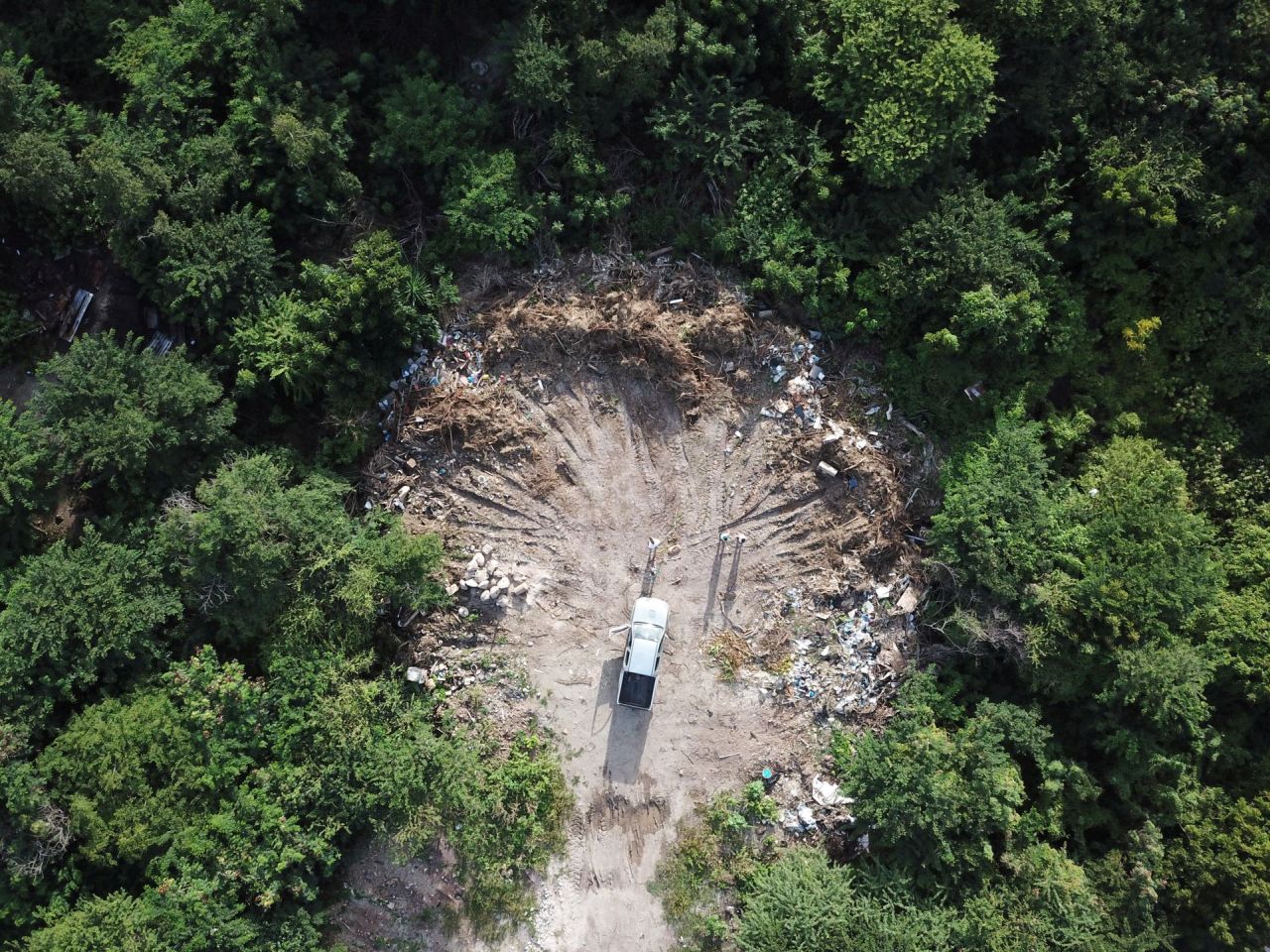
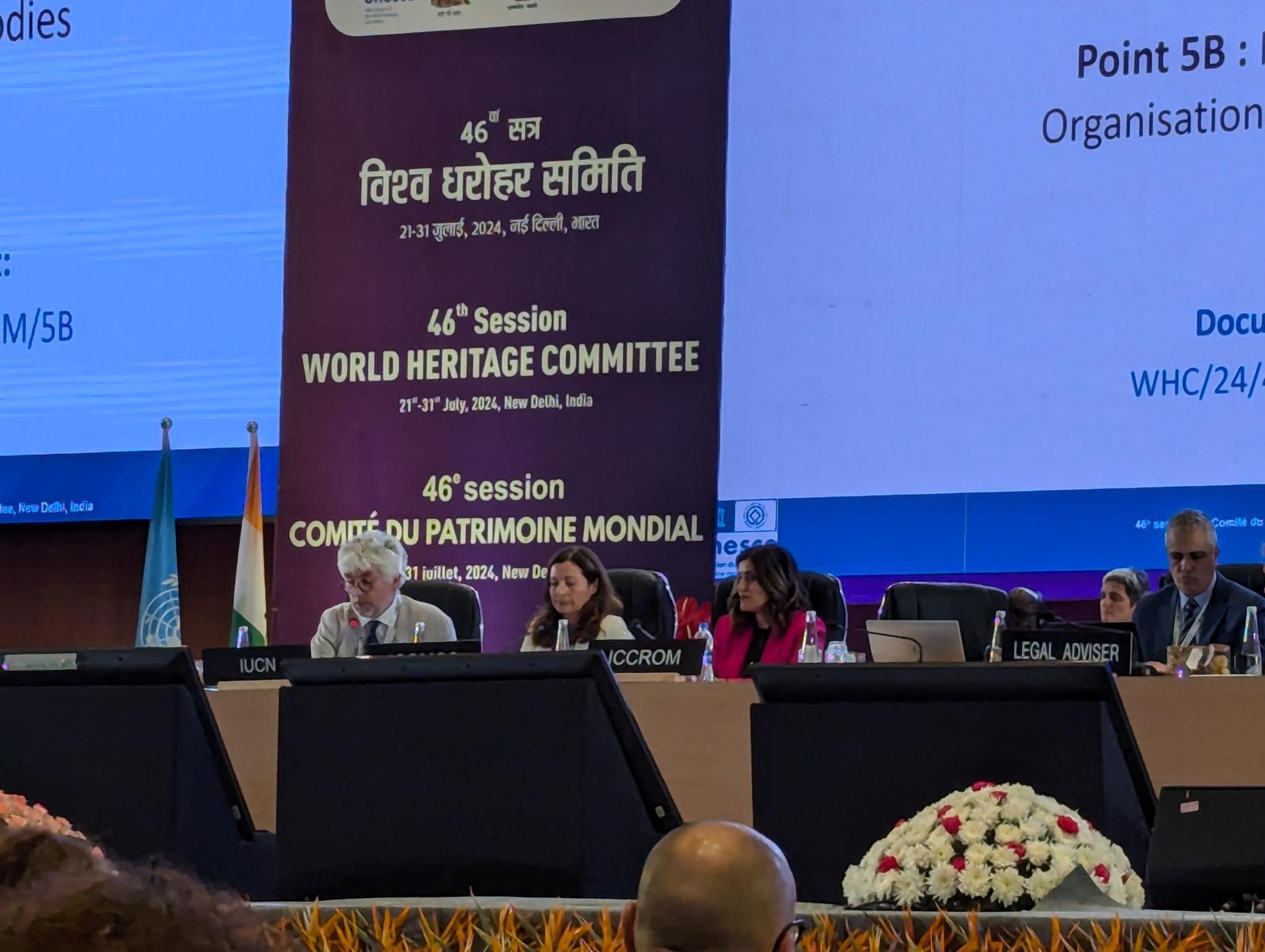


Add new comment